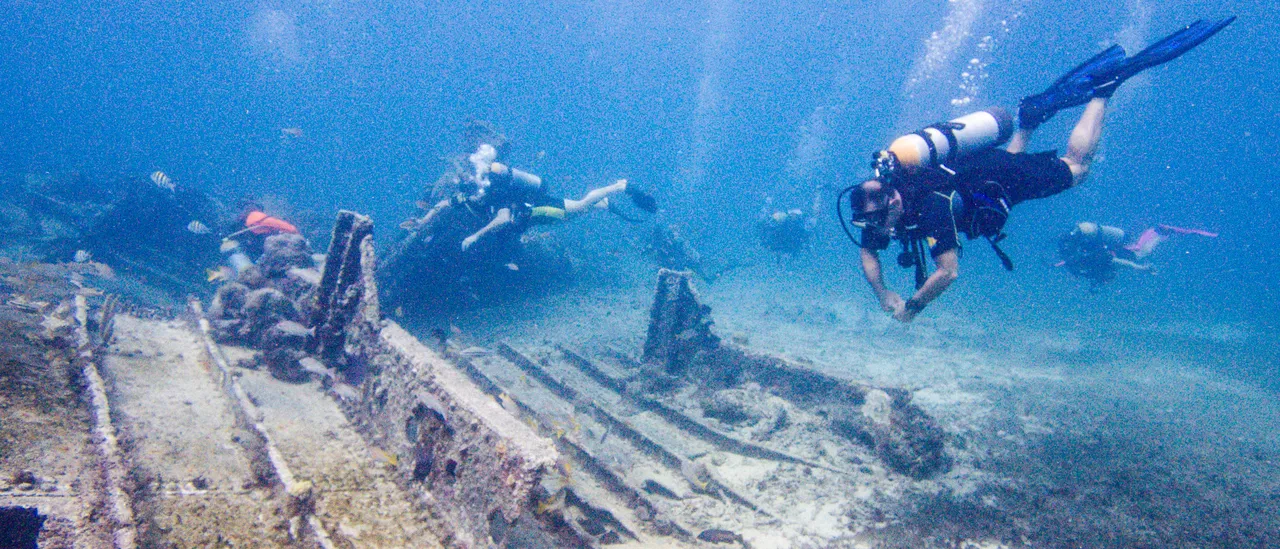‘Had To Pinch Each Other’: Team Finds ‘Ghost Ship’ That Eluded Searchers For Decades, Sank Nearly 140 Years Ago
By Mark Tanos
Copyright dailycaller

Twenty citizen scientists and community historians discovered the F.J. King shipwreck off Wisconsin’s Door Peninsula on June 28, ending a search that frustrated treasure hunters since the 1970s.
Brendon Baillod led the Wisconsin Underwater Archeology Association (WUAA) team that located the three-masted schooner. While the WUAA announced the finding Monday, Baillod told The Associated Press the ship was discovered on June 28.
“A few of us had to pinch each other,” Baillod said, the Door County Pulse reported. “After all the previous searches, we couldn’t believe we had actually found it, and so quickly.”
The 144-foot vessel sank during a September 1886 gale while hauling iron ore from Escanaba, Michigan, to Chicago, according to the outlet. Captain William Griffin ordered his crew into a yawl boat at 2 a.m. as the ship went down bow-first. A passing schooner rescued the men and brought them to Baileys Harbor. (RELATED: Researchers Find World War 2 Shipwreck From Famous Pacific Battle)
A team led by researcher Brendon Baillod found the wreck of the F.J. King, which sank off Door County during a ferocious storm almost 140 years ago. https://t.co/w1THbSeDQ2 — Wisconsin State Journal (@WiStateJournal) September 15, 2025
The F.J. King earned its “ghost ship” reputation after decades of failed searches, and it was reportedly missing for 139 years. Commercial fishermen claimed they snagged wreckage in their nets. William Sanderson, keeper of the Cana Island Lighthouse, reported seeing masts breaking the surface. The Neptune’s Dive Club in Green Bay even posted a $1,000 reward for its discovery, according to the outlet.
Baillod succeeded where others failed by trusting the lighthouse keeper’s account over the captain’s estimate, the outlet reported. He reasoned Griffin couldn’t know his exact position in the 2 a.m. darkness, but Sanderson’s daylight observation was likely accurate. The wreck sat less than half a mile from where the keeper reported it.
“The hull is remarkably intact,” Baillod said, noting searchers expected the iron ore’s weight would have broken the vessel apart.
This is WUAA and Baillod’s fifth major discovery in three years, the outlet reported. The Wisconsin Historical Society plans to nominate the site for the National Register of Historic Places.



